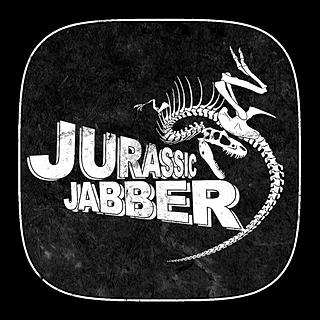Encased in amber
- Benjamino Manarello
- Jun 12, 2017
- 2 min read
This is one of the coolest things I have ever seen in the fossil community! A 99 million year old 3-inch piece of amber with a little surprise for the entire world perfectly preserved inside. A tiny avian bird called Enantiornithes. A group of extinct avialans, the most abundant and diverse group known from the Mesozoic era. Almost all retained teeth and clawed fingers on each wing, but otherwise looked much like modern birds externally.
This is so well preserved its mind blowing! You can see the texture of the skin and feathers and talons. This is the type of fossil that paleontologists dream about. It's like a live view into the past 99 million years ago. How they came across this fossil is incredible. It's so small it could have easily been over looked. You have to admire the attention to detail these great men and women have to have to do this exciting job.
"According to the scientist and researches, they have determine that the bird was only in its first days or weeks of life when it was enveloped in sticky tree resin and literally frozen in time. Nearly half of the body is preserved in the three-inch sample, including its head, wings, skin, feathers and a clawed foot clearly visible to the naked eye. Its feathers are white and brown to dark grey in color, and the researchers have nicknamed the young Enantiornithine 'Belone'.
In this specimen, scientists observed that while the baby Enantiornithine already possessed a full set of flight feathers on its wings, the rest of the plumage was sparse and more similar to the theropod dinosaur feathers, which lack a well-defined central shaft, or rachis.
The presence of flight feathers on such a young bird is reinforcing the idea that Enantiornithes hatched with the ability to fly, making them less dependent on parental care than most modern birds.
This independence came at a cost, however. The researchers point out that a slow growth rate made these ancient birds more vulnerable for a longer amount of time, as evidenced by the high number of juvenile Enantiornithes found in the fossil record. (No juvenile fossil remains from any other bird lineage are known from the Cretaceous)."
Like I said before, I am blown away by this and can't wait to see and hear all of the new information that they will get out of this piece
Let me know your thoughts and input.



































Comments